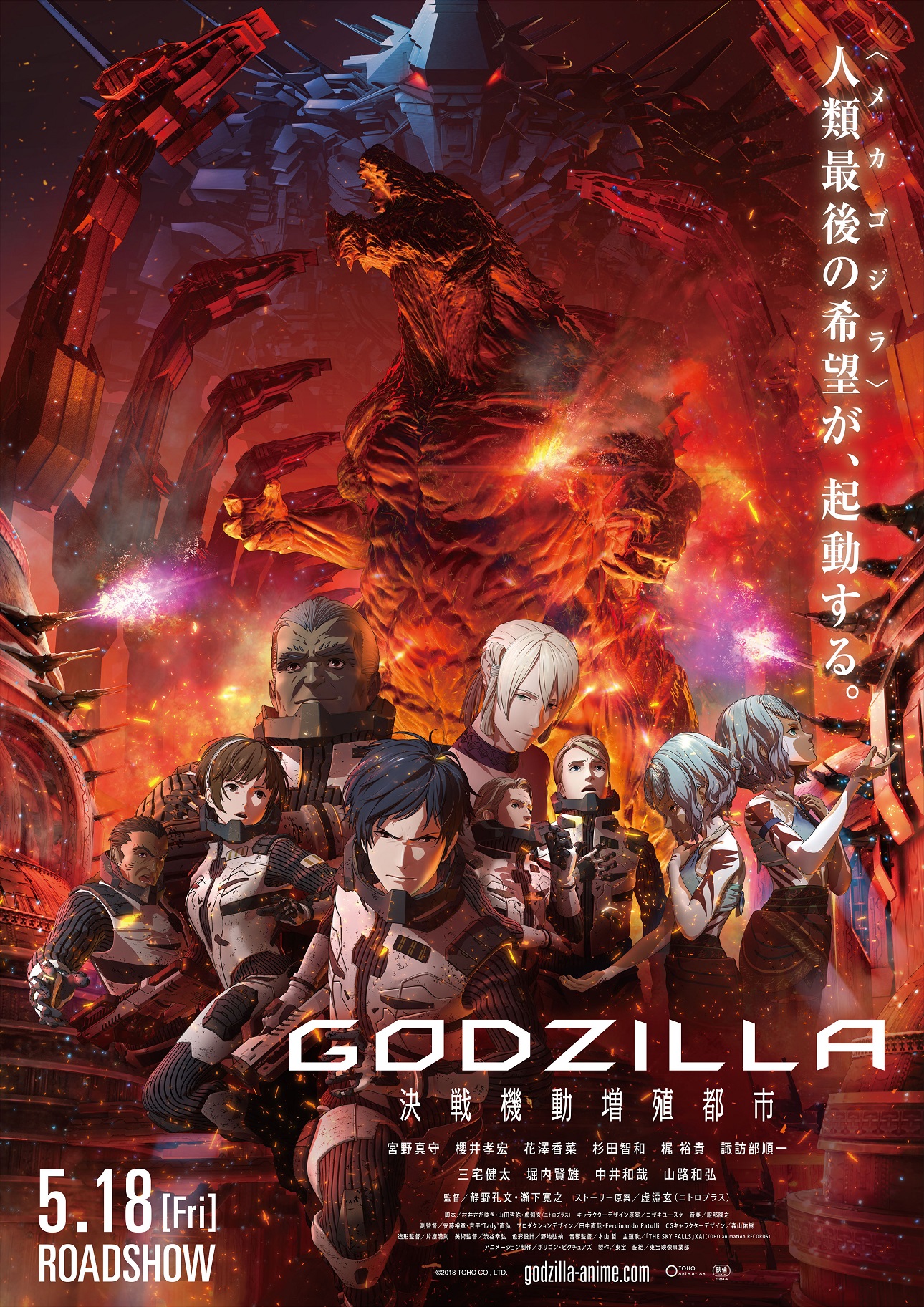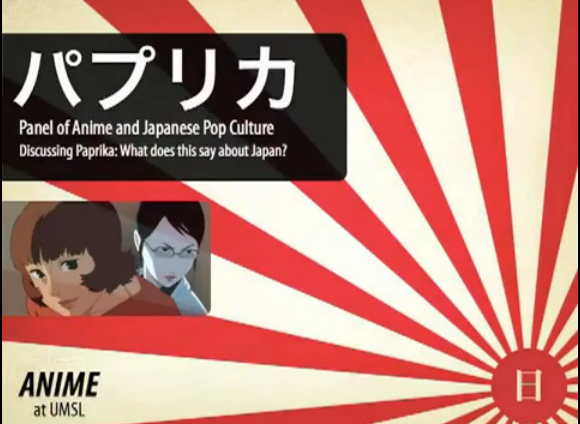Our new J-Pop summer course is running from July 18-August 18. I am team-teaching with 2 other fantastic PhD students, Kazue Harada and David Holloway. I am doing a module on Anime and images of modernity and post-modernity, depictions of nostalgia, ideal worlds, reality, and identity. Here are my topics, clips, and readings:
August 9
History of Anime/Why Study Anime in Academia?
Readings:
Roland Kelts, Japanamerica (New York: Palgrave, 2006), pp. 3-65.
Susan Napier, Anime: From Akira to Howl’s Moving Castle, (New York: Palgrave, 2005), pp. vii-18.
August 10
Miyazaki Hayao: Anime and Environmental Consciousness
We will watch clips from various Miyazaki films as part of our discussion
Readings:
Miyazaki Hayao, “Earth’s Environment as Metaphor” in Starting Point: 1979-1996, (San Francisco: VIZ Media, 2009), 474-432
—. “On the Banks of the Sea of Decay” in Starting Point: 1979-1996, (San Francisco: VIZ Media, 2009), 165-172.
—. “Nature is Both Generous and Ferocious” in Starting Point: 1979-1996, (San Francisco: VIZ Media, 2009), 332-338.
—. “On Nausicaä” in Starting Point: 1979-1996, (San Francisco: VIZ Media, 2009), 283-284.
—. “Thougts on Japanese Animation” in Starting Point: 1979-1996, (San Francisco: VIZ Media, 2009), 70-85.
REQUIRED: OUTSIDE OF CLASS VIEWING: 4PM OMOHIDE POROPORO
August 11
Only Yesterday: Nostalgia and the Idealized World of the Past
Readings:
Susan Napier, Anime: From Akira to Howl’s Moving Castle, (New York: Palgrave, 2005), Chapter 14: pp. 275-290.
Millie Creighton, “Consuming Rural Japan: The Marketing of Tradition and Nostalgia in the Japanese Travel Industry” in Ethnology, Vol 36.3 (Summer, 1997), pp. 239-254.
William W. Kelly, “Rationalization and Nostalgia: Cultural Dynamics of New Middle-Class Japan” in American Ethnologist, Vol. 13.4 (Nov., 1986), pp. 603-618.
August 12
Reinterpreting the “Past”-iche: Hip-hop Samurai
We will watch clips of Samurai Champloo in class as part of our discussion
Readings:
Marius B. Jansen, The Making of Modern Japan, (Cambridge and London: Harvard University Press), pp. 274-279;
Philip Brophy, 100 anime, (New York: Macmillan, 2005), 200-205.
William L. Benzon, “Postmodern Is Old Hat: Samurai Champloo” in Mechademia Vol. 3 (2008), 271-274.
August 15
The Loss of the Real: Kon Satoshi’s Paprika and the Postmodern Condition
We will watch clips of Paprika in class as part of our discussion
Readings:
Perper and Cornog, “Psychoanalytic Cyberpunk Midsummer-night’s Dreamtime: Kon Satoshi’s Paprika” in Mechademia, (Volume 4, 2009, pp. 326-329).
Glenn Ward, Teach Yourself Postmodernism, (Chicago: McGraw-Hill, 2003), pp 55-86.
August 16
Consumerism and the Otaku Culture in Kon Satoshi’s Paranoia Agent
Readings:
Glenn Ward, Teach Yourself Postmodernism, (Chicago: McGraw-Hill, 2003), pp 88-139.
Gerald Figal, “Monstrous Media and Delusional Consumption in Kon Satoshi’s Paranoia Agent” in Mechademia (Volume 5, 2010, pp. 139-155).
Furukawa Hideo, “Monsters” in Monkey Business: New Writing From Japan Vol 1 (2011), pp. 6-17.
August 17
Literature in Anime, Anime as Literature
We’ll watch the Akutagawa section of Aoi Bungaku (2010) in class
Readings:
Akutagawa Ryûnosuke, Spider’s Thread.
—. “Hell Screen” in Modern Japanese Literature, Donald Keene, ed. (Rutland and Tokyo: Tuttle, 1956), 307-332.
“Akutagawa Ryûnosuke: 1892-1927” in Modern Japanese Writers, Jay Rubin, ed. (New York: Scribner, 2001), pp. 19-30. (on permanent reserve in reference area in Olin library)







Devon Rosales
I would like to sign up for this but where would I have to go to get set up.